
Published:
Readtime: 3 min
Every product is carefully selected by our editors and experts. If you buy from a link, we may earn a commission. Learn more. For more information on how we test products, click here.
The racing is exciting, but what goes on behind the scenes with the broadcast is just as impressive. We pulled back the curtain with Lenovo at the Australian Grand Prix and saw the inner workings of the Event Technical Centre (ETC), leaving me questioning everything I’ve been watching on my TV.
By the numbers alone, it’s the most impressive global broadcast operation that I’ve witnessed. We’re talking about more than 80 cameras – including 28 UHD track cameras (standard for most events) – sending video to the ETC and then to Biggin Hill in the UK for colour-grading and exposure before being broadcast globally in a split second. Lag? They’ve never heard of it. Even in Australia (on the other side of the world) the worst latency they’ve seen is 300 milliseconds. Let’s take a closer look, by the numbers.
RELATED: ‘That Wasn’t a Fluke’: How Oscar Piastri Became F1’s Next Great Hope.

Every race, more than 93 cameras are deployed on cars, with up to 9 cameras per car, including forwards and rear from the roll hoop, a face view camera, helmet camera, pedal camera, and an additional camera either on the side of the chassis or nose. They also carry a non-live 360-degree camera that collects 480GB of footage from the race and at least 72GB of footage from qualifying.
Finally, there’s the Giro Stabilised Heli-cam, cable camera, 5 RF cameras in the Pitlane, 3 pit wall cameras, 2 roam cameras and 2 podium cameras. In case that wasn’t enough footage to wrap your head around.
To reiterate just how impressive this broadcasting feat is, every single live image is sent from the camera (which only manages focus and zoom) to the UK using fibre optic cable for colour-grading, exposure setting, etc. and then to the world. Of course, none of this would be possible without Lenovo’s virtualization platform back in Biggin Hill that provides 1.16 THz of CPU across 448 CPU Cores, 3.5TB of RAM and 480TB of storage.
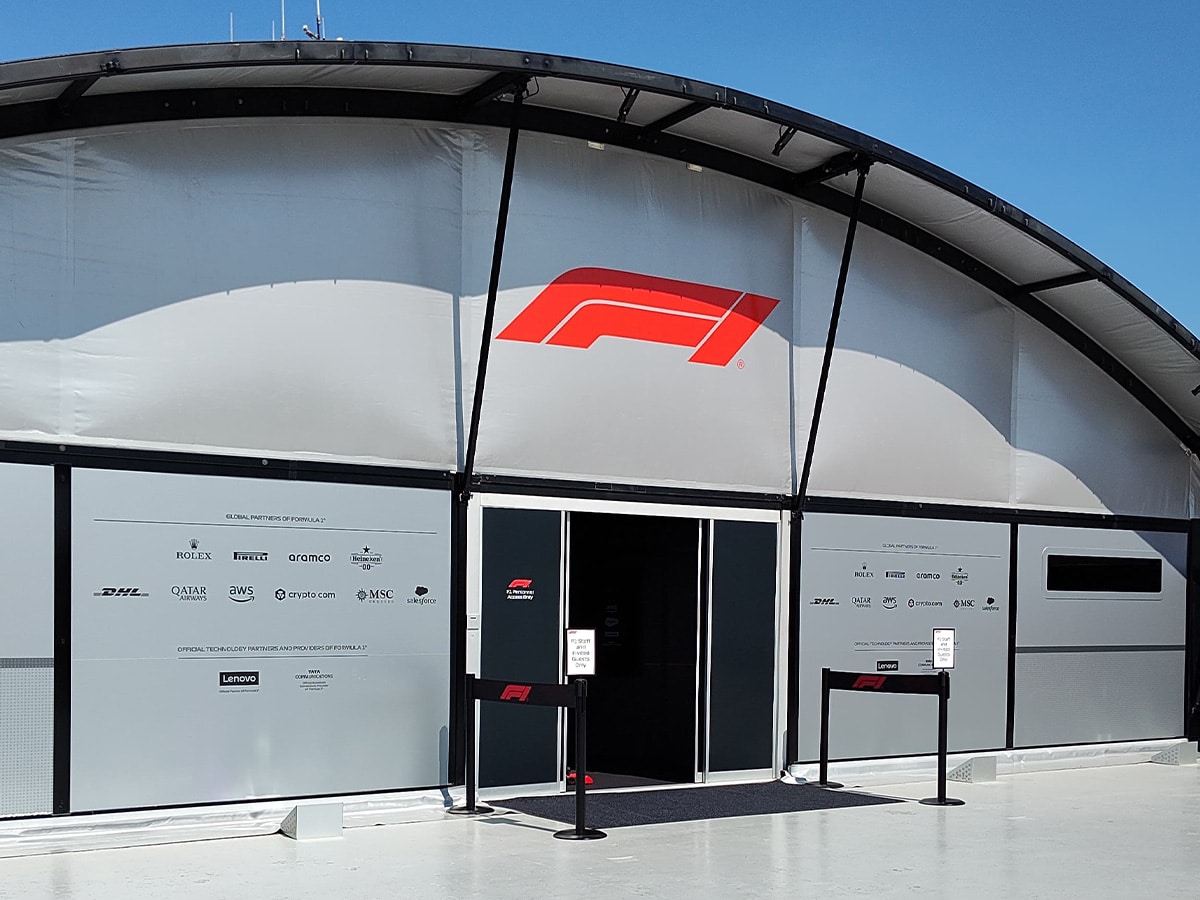
This portable operation is housed in something called the Event Technical Centre (ETC). The F1 makes no mistake in saying this is “the biggest, most complex transportable facility of its type in the world,” and we’d call it nothing short of NASA-like. The ‘pop-up’ takes 3 days to assemble and covers an area of 25m x 15m for 750 pieces of equipment, which run over 40 bespoke software systems.
As an official partner of the F1, Lenovo has rolled out its technology throughout the paddock and technical operations, including both consumer and business laptop and desktop devices, as well as monitors, tablets, and smartphones.
With Japan coming up this weekend, hopefully, the insights in this article will have you thinking differently about how that picture on your TV is being broadcast!
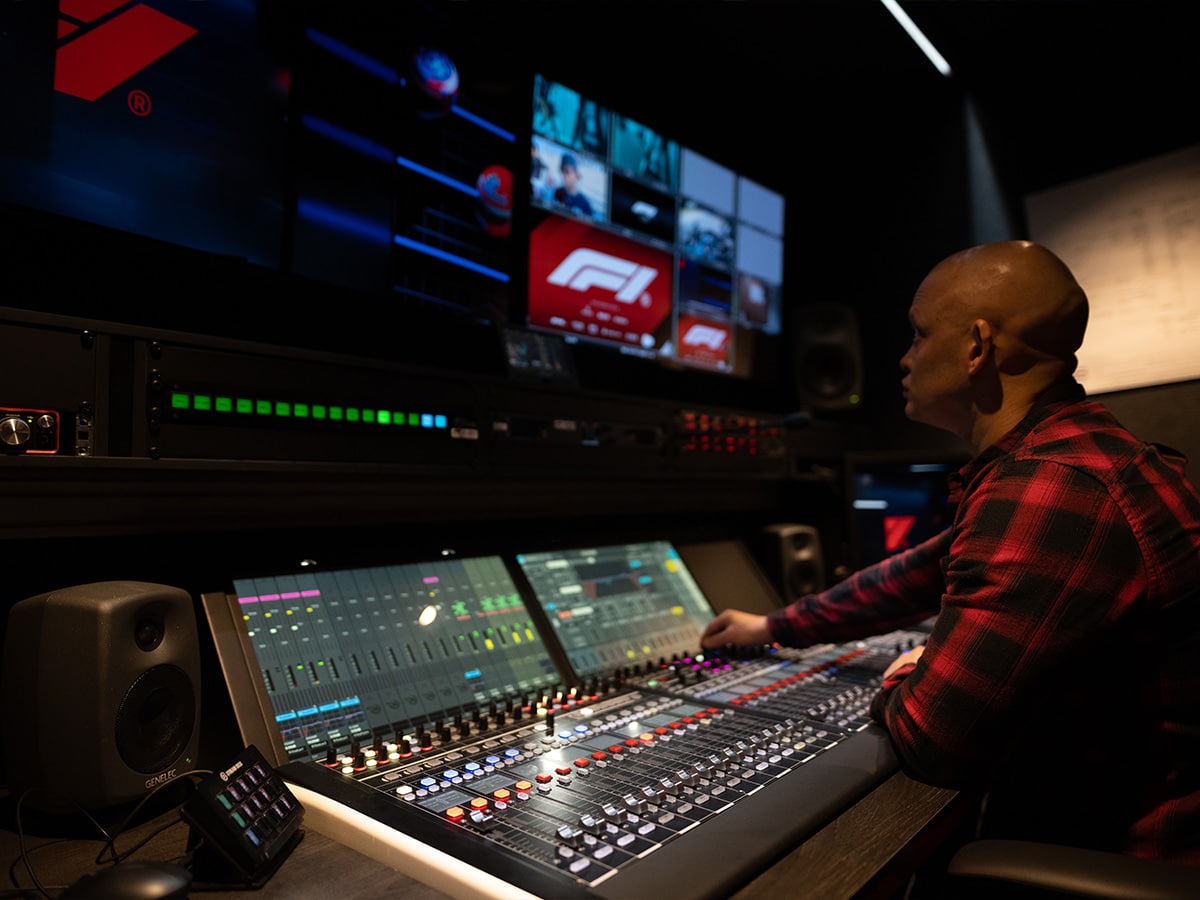

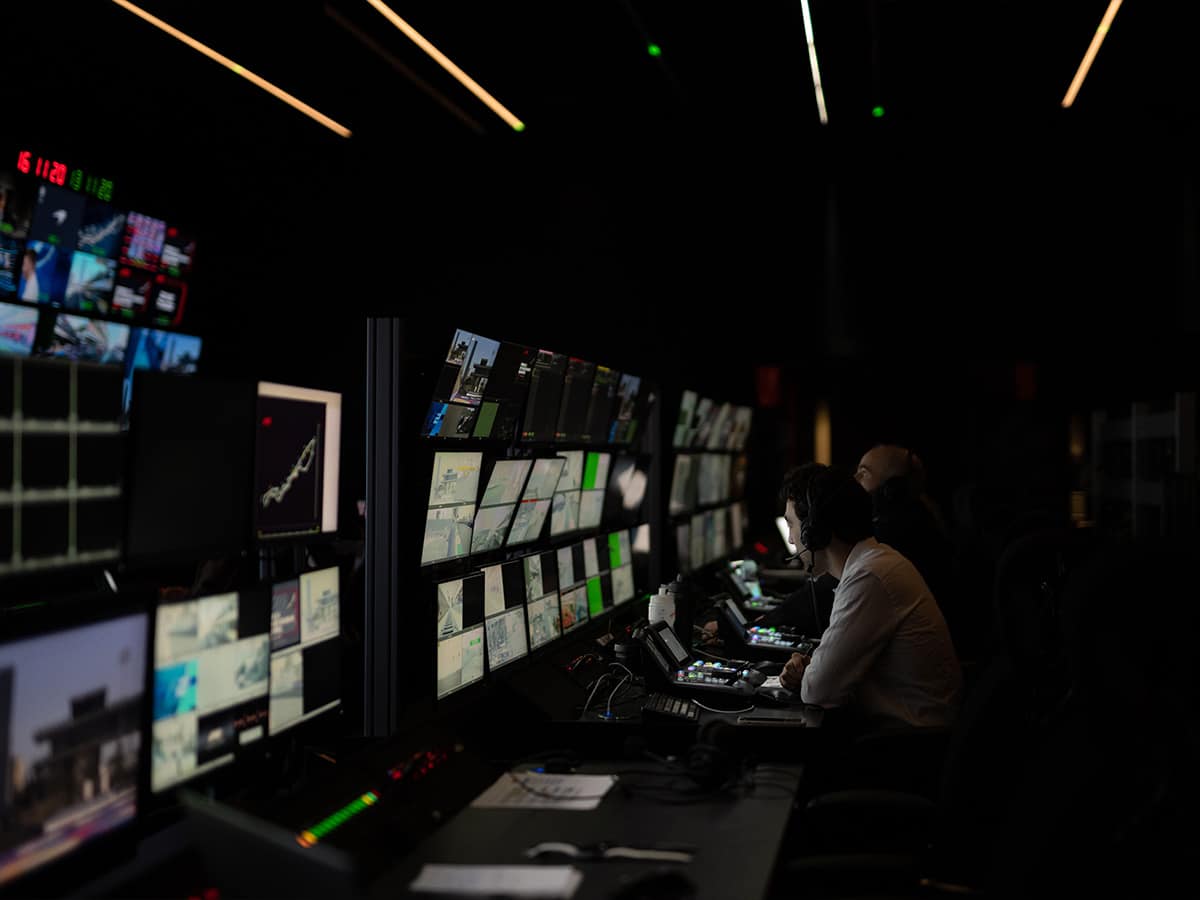
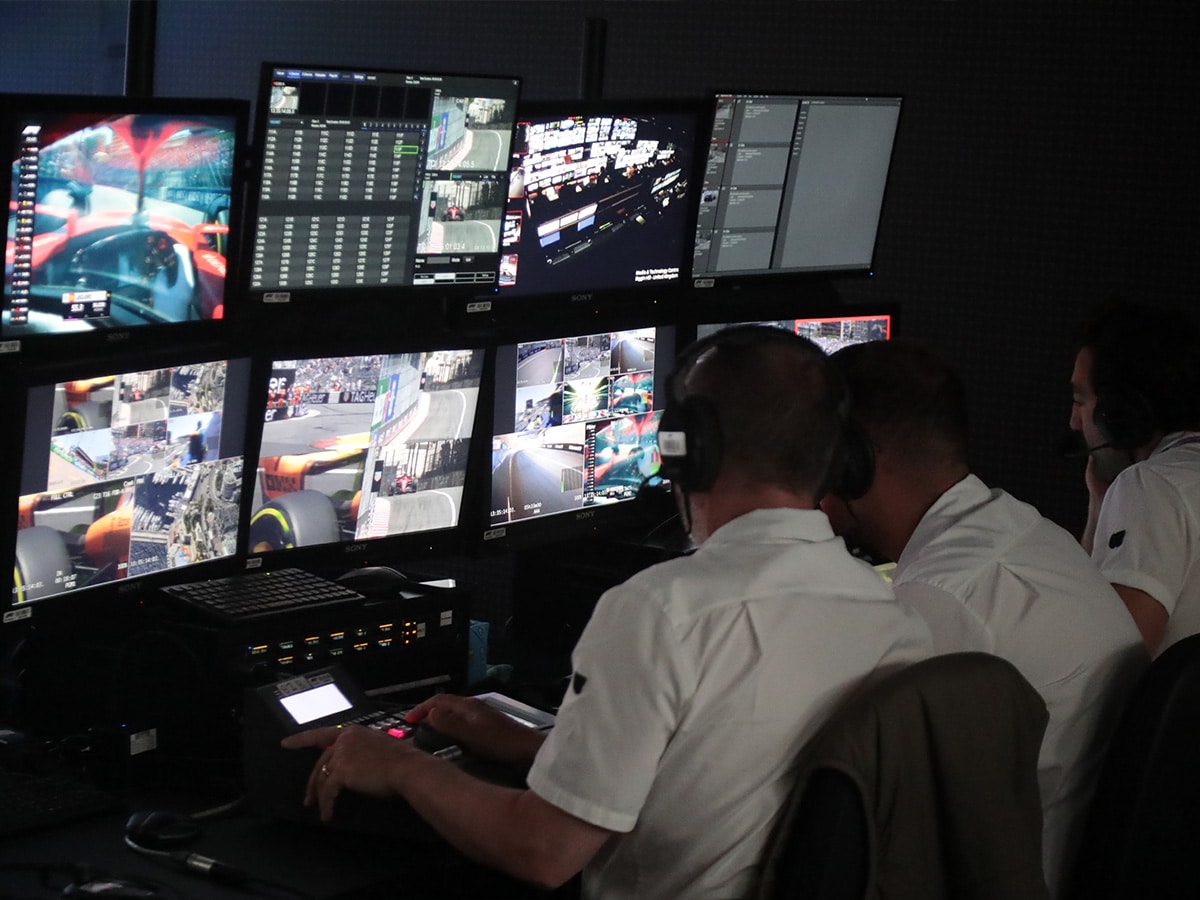
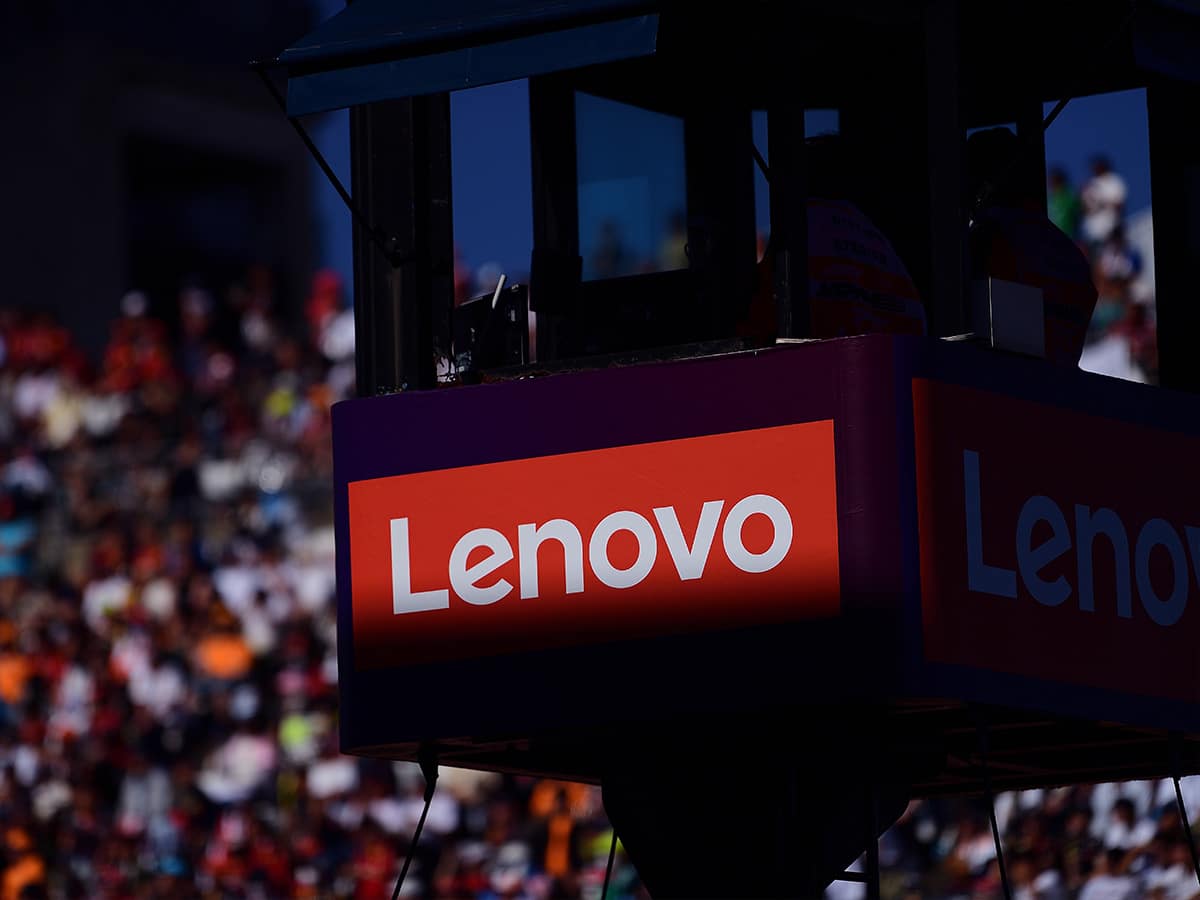
You’ll also like:






















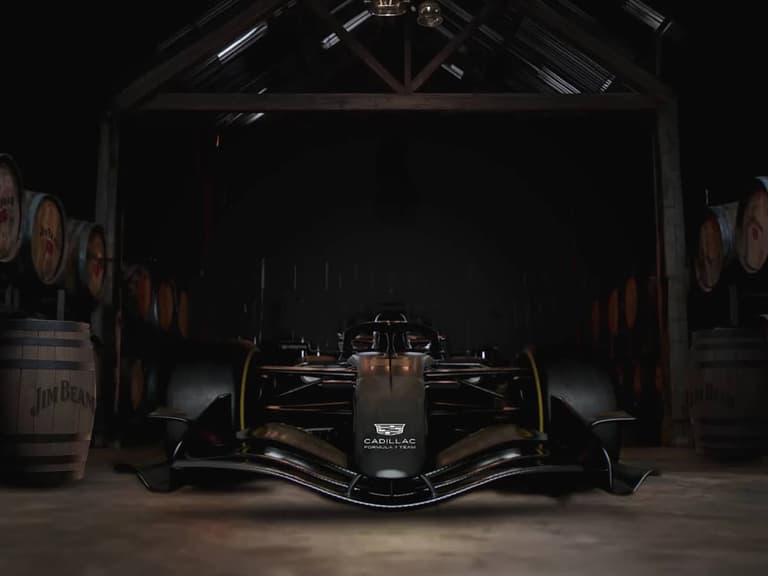


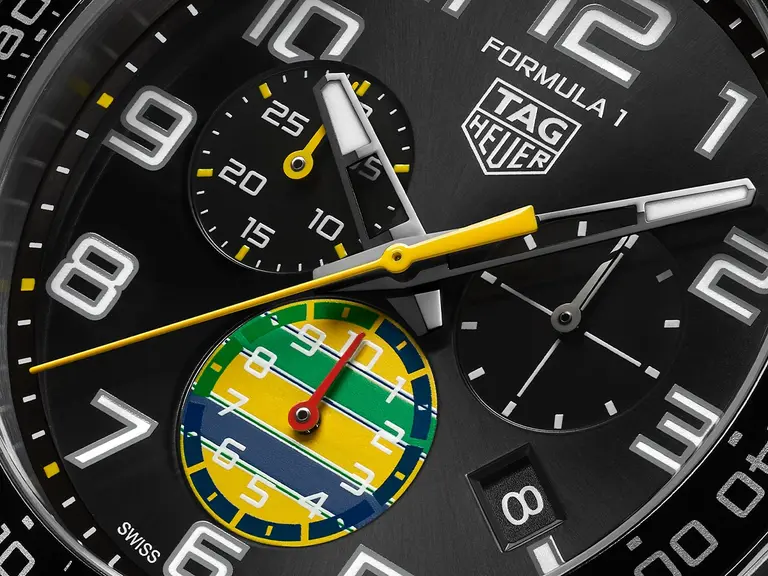




Comments
We love hearing from you. or to leave a comment.